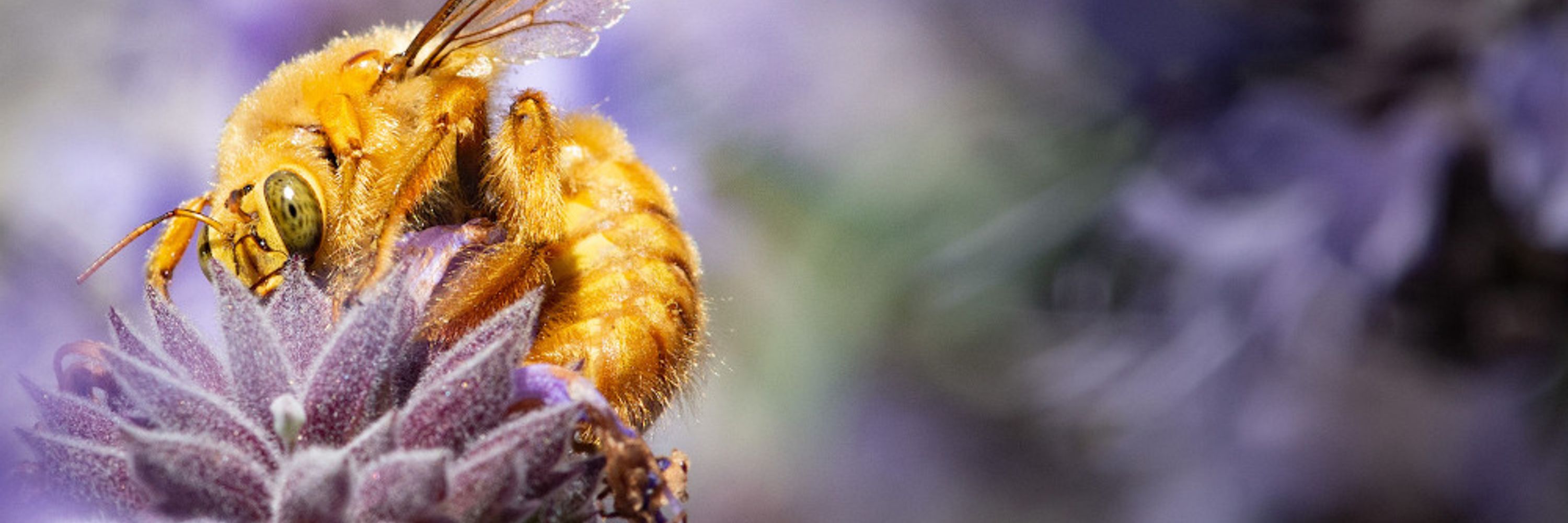
Jeremy Hemberger
@jhemberger.bsky.social
Asst. Prof. at University of Minnesota
Insects, climate, & land-use change 🐝 🪲 🌡️ 🚜
Ecoinformatics & models 📈
Field & lab experimentation 👨🏻🔬
#scicomm 🧑🏫 #agroecology 🧑🌾 #rstats 👨🏻💻
https://jhemberger.github.io/ibug_lab_website/
Insects, climate, & land-use change 🐝 🪲 🌡️ 🚜
Ecoinformatics & models 📈
Field & lab experimentation 👨🏻🔬
#scicomm 🧑🏫 #agroecology 🧑🌾 #rstats 👨🏻💻
https://jhemberger.github.io/ibug_lab_website/
MacGyver ecology is happening!


April 23, 2025 at 6:29 PM
MacGyver ecology is happening!
Been meaning to share this sooner, but with everything going on the timing has felt horrid. But, it doesn't look like that's going to change, so...
In February, I launched my lab as a new Asst Prof in the Department of Entomology at the University of Minnesota!
jhemberger.github.io/ibug_lab_web...
In February, I launched my lab as a new Asst Prof in the Department of Entomology at the University of Minnesota!
jhemberger.github.io/ibug_lab_web...

April 3, 2025 at 8:37 PM
Been meaning to share this sooner, but with everything going on the timing has felt horrid. But, it doesn't look like that's going to change, so...
In February, I launched my lab as a new Asst Prof in the Department of Entomology at the University of Minnesota!
jhemberger.github.io/ibug_lab_web...
In February, I launched my lab as a new Asst Prof in the Department of Entomology at the University of Minnesota!
jhemberger.github.io/ibug_lab_web...
We observed that bees overwhelmingly rely on non-crop flowers and habitat (e.g., field edges, semi-natural habitat, roadsides) to gather pollen; mass-flowering crop fields (sunflower, tomato) were actually rarely used, except in the most intensive ag landscapes where semi-natural habitat was rare

February 19, 2025 at 3:36 PM
We observed that bees overwhelmingly rely on non-crop flowers and habitat (e.g., field edges, semi-natural habitat, roadsides) to gather pollen; mass-flowering crop fields (sunflower, tomato) were actually rarely used, except in the most intensive ag landscapes where semi-natural habitat was rare
Our analyses showed that the resources bumble bees gather ultimately depends on their preference in plant species, the landscape context (i.e., how much natural habitat there is), and the time of the season. This largely confirms a whole bunch of other cool work in the field.

February 19, 2025 at 3:36 PM
Our analyses showed that the resources bumble bees gather ultimately depends on their preference in plant species, the landscape context (i.e., how much natural habitat there is), and the time of the season. This largely confirms a whole bunch of other cool work in the field.
A challenge we have in beneficial insect conservation in agricultural landscapes is understanding where these critters get their food. Having a better understanding of which landscape features are most heavily used would help with conservation planning and adjusting ag practices to support insects

February 19, 2025 at 3:36 PM
A challenge we have in beneficial insect conservation in agricultural landscapes is understanding where these critters get their food. Having a better understanding of which landscape features are most heavily used would help with conservation planning and adjusting ag practices to support insects
Once we can muster that, we can make sure that our familiar, fuzzy friends can continue to bumble about filling a vital ecological role AND our springs and summers with joy.

October 24, 2024 at 6:57 PM
Once we can muster that, we can make sure that our familiar, fuzzy friends can continue to bumble about filling a vital ecological role AND our springs and summers with joy.
Now, an increase in CTI could mean a few things. (1) that warm-adapted species are increasing in local abundance/are colonizing communities and/or (2) that cool-adapted species are declining and being extirpated from communities. We found that both are happening

October 24, 2024 at 6:56 PM
Now, an increase in CTI could mean a few things. (1) that warm-adapted species are increasing in local abundance/are colonizing communities and/or (2) that cool-adapted species are declining and being extirpated from communities. We found that both are happening
The changes have happened almost everywhere in North America, but the most rapid shifts have occurred at both low and higher elevations, high latitudes, and have been accelerating as time goes on.

October 24, 2024 at 6:55 PM
The changes have happened almost everywhere in North America, but the most rapid shifts have occurred at both low and higher elevations, high latitudes, and have been accelerating as time goes on.
The changes that we observed in the bumble bee communities were strongly associated with warming summer maximum temperatures over the past 30 years. Areas where the anomaly of summer temps increased beyond 0.5°C saw the most rapid rates of change.

October 24, 2024 at 6:55 PM
The changes that we observed in the bumble bee communities were strongly associated with warming summer maximum temperatures over the past 30 years. Areas where the anomaly of summer temps increased beyond 0.5°C saw the most rapid rates of change.
We found a striking, rapid increase in CTI (an average ⬆️ of almost 1°C across North America) over the last 30 years, with most of the changes occurring since 2010. This means that communities have rapidly shifted in their composition, reflected in the increasing CTI values.

October 24, 2024 at 6:54 PM
We found a striking, rapid increase in CTI (an average ⬆️ of almost 1°C across North America) over the last 30 years, with most of the changes occurring since 2010. This means that communities have rapidly shifted in their composition, reflected in the increasing CTI values.
We took a slightly different approach to our modeling, looking at changes in community composition over time to see if there was any evidence of shifts in which species were present in relation to warming temperatures.

October 24, 2024 at 6:53 PM
We took a slightly different approach to our modeling, looking at changes in community composition over time to see if there was any evidence of shifts in which species were present in relation to warming temperatures.

